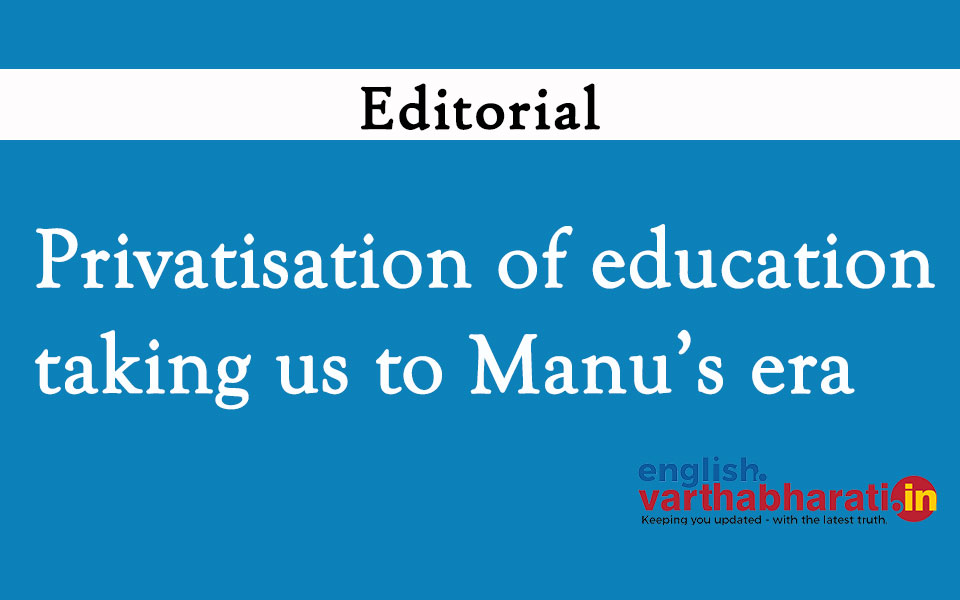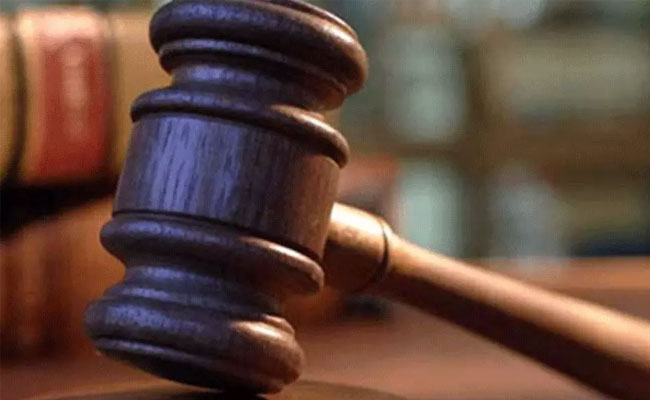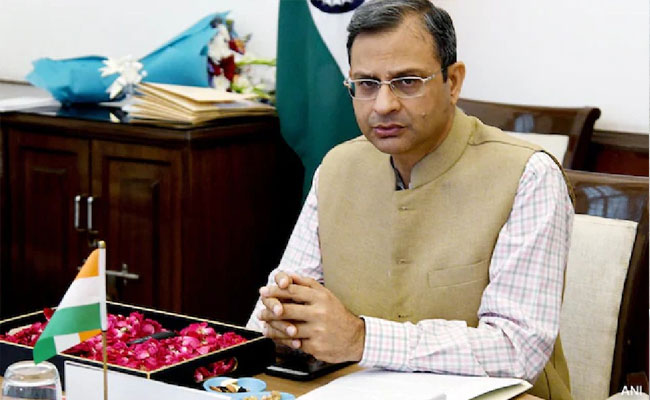Three aspects have had major impact on the social status of this country post 90s period. Globalisation, liberalization and privatization are the babies connected by the same umbilical cord. Private forces evoked anger about government approach among people and peddled a false notion of ‘all would be well’ with privatization of every segment.
Whether privatization served its purpose or not is a point apart, all the sectors that has an ounce of social outlook in them went into the hands of private players, impact of this was felt by people from the lower strata of the society. Dalits and minority communities are losing job opportunities owing to absence of reservation in private sector.
All other public social service sectors are beyond the reach of the poor and weak classes. Privatisation of education is the biggest menace today. This is showing all signs of taking the poor and the weak back into the times when they had no claims or access to better life and opportunities.
One of the main objectives of post independent India was ‘education for all’. Before the British colonized our country, India did not have uniform education for all. People from lower caste couldn’t even dream of getting education for themselves. Kshatriyas and Brahmins were the only communities entitled for education under Gurukula system.
After the English set their foot, the doors of education opened for all. It turned into a matter of ‘fundamental right’ after independence. But privatization is taking this system back in time where it could be accessed only by some people.
Government schools are being shut for the flimsiest of reasons. Private schools are beyond the affordability of middle and lower class people. The poor cannot even dream of putting their children into private schools. More than 90% of the poor are from lower castes and they are being denied education outright.
Commissions have been set up to implement the policies of uniform education as fundamental right by the central government post-independence. Many programmes have been designed to create awareness regarding education and reduce the rate of illiteracy in rural areas. As a result, even the poorest of the poor could afford to send their children to schools, colleges and good universities. Initially the level of education was very satisfactory. People could afford to access education in government run institutes since it was not an economic burden. Free education was offered to the poor.
Academic staff and students were committed to their duties and obligations with integrity. They tried their best to make the most of opportunity to teach and learn. Government schools produced lakhs of doctors, engineers, higher officers, writers, politicians etc.
Article 021A of the Indian Constitution reiterates the right to education. It is compulsory for children between ages of six and 14 to get education free of cost. This enables children who are poor and deprived of opportunities to access education as a matter of right. Yet, the situation in government schools is at its worst. It has only kept its promise of imparting education, but has turned very non-committal on the quality of education. Private educational institutions are mushrooming while the government ones are crumbling.
Capitalists and industrialists have privatized the education. Though people protest against this growing trend, the rich are becoming richer and the poor are becoming poorer. People with high income can and will most certainly send their kids to costly schools.
The poor have massive challenges even accessing two square meals a day. They cannot even dream of affording private education. Government schools cannot impart quality of education but the teachers are getting paid moderately well. Those teachers send their children to private schools for education. Because he knows his kids can have complete education only in private schools.
Our education system needs to transcend the limitations of caste, class, gender, origin and economic status. Private educational institutions need to be controlled and government has to do the role of imparter of education and ensure the education system that comes into existence should be based on equal opportunities for all. Else, the country will go into the hands of high and might who’d have no clue about social justice. Democracy then just turns into a mere myth. Let’s not allow that to happen.
Let the Truth be known. If you read VB and like VB, please be a VB Supporter and Help us deliver the Truth to one and all.
Amritsar (PTI): Former president Ram Nath Kovind on Friday said that with digital transformation, economic reforms and a strong focus on the ease of doing business, India is moving towards becoming a global economic powerhouse.
He was speaking after inaugurating the 19th edition of the Punjab International Trade Expo (PITEX) in Amritsar.
The former president said that this 19th edition of PITEX is being organised at a time when India is recognised as one of the fastest-growing large economies in the world.
Speaking at the inaugural ceremony of the event organised by the PHD Chamber of Commerce and Industry (PHDCCI) the former president, while referring to Punjab, said the state is a living example of courage, sacrifice and enterprise.
"The spiritual light of Sri Harmandir Sahib (Golden Temple) inspires peace and humanity across the world. The heritage of Punjab is deep and inspiring," Kovind said, according to a statement issued by the PITEX.
The former president congratulated the PHDCCI for hosting the 19th edition of PITEX and suggested that the chamber should expand PITEX outside Punjab.
He proposed that a similar event should also be held in New Delhi.


_vb_69.jpeg)


